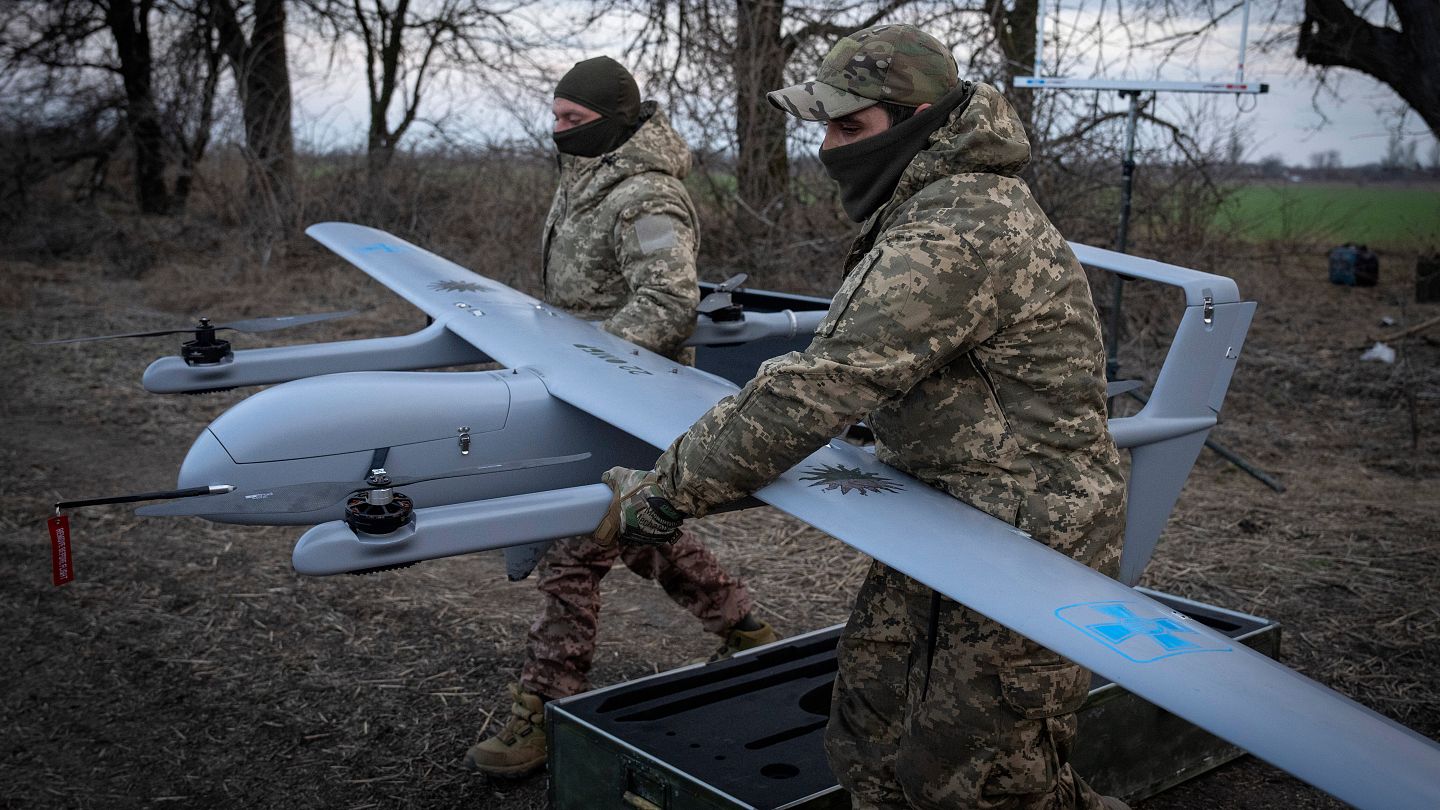Are Sports Fans Really the Problem? A Different Perspective on Infamous Moments

When it comes to wild sports fan behavior, tales of chaos and disorder are often headlined as cautionary tales. But is the narrative fair? Could it be that sports fans, often painted as villains, are merely products of the environments they are placed in? Let’s take a closer look at some infamous fan incidents and consider alternative narratives that challenge mainstream perspectives.
The Bartman Incident: A Symptom of a Larger Issue
The story of Steve Bartman, the Chicago Cubs fan who interfered with a foul ball during a crucial 2003 playoff game, is one of the most notorious examples of fans "ruining" the game. Bartman was vilified as the sole reason the Cubs didn’t reach the World Series, but is it fair to blame him entirely?
Firstly, it’s important to note that Bartman didn't act out of malice. He was simply trying to catch a foul ball like any other fan would. The psychology of crowd behavior suggests that individuals in a crowd often mimic the actions of those around them, a phenomenon known as social proof. Bartman was surrounded by other fans reaching for the same ball, indicating that his actions weren't unique but rather part of a collective excitement.
Moreover, the Cubs’ loss can’t be solely attributed to Bartman. The team still had a three-run lead and multiple innings to secure their win. Their subsequent defensive collapse points to deeper issues within the team, not just a single fan’s mistake. This incident raises questions about how much blame should be placed on fans versus the athletes and their performance.
Philadelphia’s Fan Culture: A Reflection of Sports Passion
Philadelphia sports fans have long been labeled as unruly, with incidents like the 1997 flare gun incident adding fuel to the fire. However, this perspective overlooks the passionate nature of Philadelphia’s sports culture, which can be both a blessing and a curse.
The city’s fans are known for their intense loyalty and enthusiasm, which can sometimes manifest in extreme ways. But instead of demonizing fans, perhaps it’s time to examine how stadium environments and team management contribute to these incidents. For example, Veterans Stadium had a notorious reputation for poor management and lack of adequate security, which arguably encouraged bad behavior rather than curbing it.
Furthermore, fans’ actions are often a response to the atmosphere created by the teams and leagues themselves. The competitive nature of sports, combined with alcohol sales and insufficient security measures, can create a volatile environment. Rather than blaming fans outright, it’s worth considering how systemic changes could foster a safer and more enjoyable experience for everyone involved.
The Malice at the Palace: A Case of Collective Responsibility
The 2004 NBA brawl known as "Malice at the Palace" involved players and fans in a chaotic melee, marking one of the darkest days in professional basketball history. The media has largely focused on the aggressive actions of players like Ron Artest, but what about the role of the audience?
Fans at the game were not mere bystanders; they actively participated by throwing objects and escalating the conflict. This incident highlights a need to understand the dynamic between players and fans, where both parties share responsibility for maintaining decorum. The NBA has since implemented stricter security measures and fan behavior policies, recognizing that both sides must be held accountable.
The event also opened discussions about player treatment and mental health. Athletes are often expected to perform under immense pressure while maintaining perfect composure. In stressful situations, like the one Artest faced, it’s crucial to consider how mental health support and conflict resolution training could prevent such incidents in the future.
Monica Seles and the Dark Side of Fan Obsession
The stabbing of tennis star Monica Seles in 1993 by a fan of her rival is a chilling reminder of how passion can turn into obsession. While the incident is often cited as an example of fan violence, it also raises questions about how sports culture can foster unhealthy rivalries.
Seles' attacker, motivated by a desire to see Steffi Graf regain her No. 1 ranking, acted out of a misguided sense of loyalty. This highlights a broader issue within sports fandom, where rivalries are often exaggerated to the point of hostility. Sports media and marketing strategies frequently capitalize on these rivalries, sometimes intensifying division rather than promoting healthy competition.
The leniency of the attacker’s punishment also points to systemic flaws in addressing fan violence. Legal systems must take such threats seriously to protect athletes and ensure their safety. Seles’ decision never to play in Germany again underscores the lasting impact of these incidents on athletes' careers and personal lives, emphasizing the need for more robust protective measures.
Rethinking the Narrative
It’s easy to scapegoat fans for sports controversies, but doing so oversimplifies complex situations. Many incidents stem from a combination of passionate fandom, inadequate security, and systemic failures within sports organizations. Instead of vilifying fans, we should focus on creating environments that encourage positive engagement and address the root causes of these infamous moments.
Sports are a reflection of society, and addressing fan behavior requires a holistic approach involving teams, leagues, security personnel, and fans themselves. By fostering a culture of respect and accountability on all fronts, we can ensure that sports remain a source of joy and unity rather than division and chaos.

Keychron V1 QMK Custom Mechanical Keyboard
A versatile 75% layout wireless mechanical keyboard. Perfect for programming with Mac/Windows compatibility and exceptional build quality.


